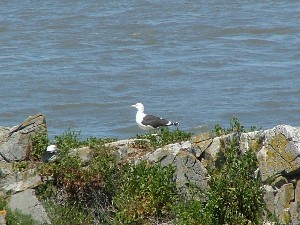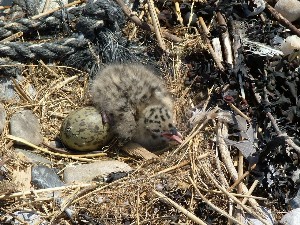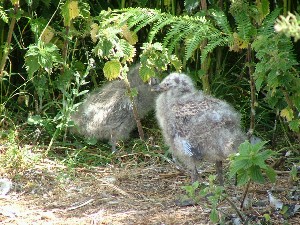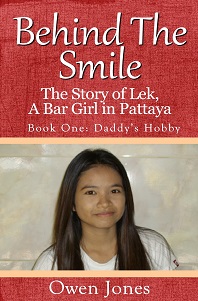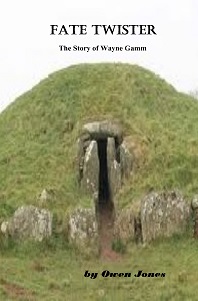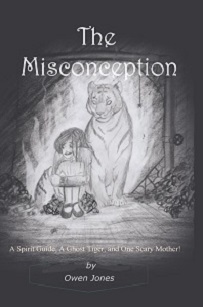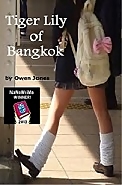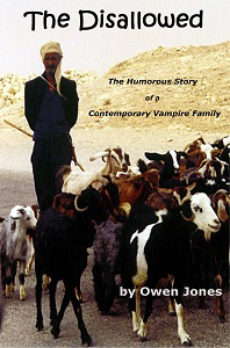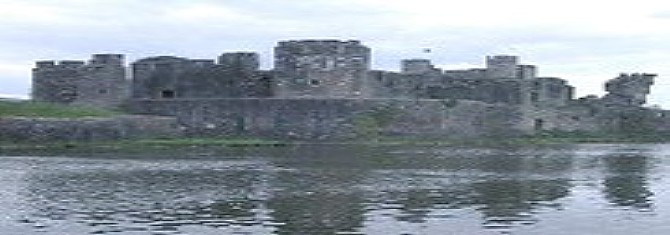
Welsh Products Online
Welsh Corgi Puppies | Welsh Gold Wedding Ring | Welsh Love Spoons | Welsh Coastal Cottages
Gulls of Flat Holm Island
by Jane Baltzars. There are three types of gull on the island. Namely, the Greater Black Backed, the Lesser Black Backed and the Herring Gull. The gull colony is one of the features that make the island a Site of Special Scientific Interest (SSSI). The Greater Black Backed Gull - Larus marinus has a height of 27 inches (69 cms) and has a dark grey back, white under parts, dark markings on head in winter and pink legs. Both sexes are alike. It nests on rocky outcrops and can be seen during the spring and summer on Castle Rock. It is the largest predator of the gulls, however there are only one or two pairs who inhabit the island. Below: Greater Black Backed Gull on Flat Holm: The Herring Gull - Larus argentatus has a height of 23 inches (59 cms) and has a silver-grey back, white under parts, yellow bill with red spot and pink legs. Both sexes are alike. It nests mainly around the edges of the island on the cliffs. There are about 500 pairs who inhabit the island. Below: Herring Gull Chicks on Flat Holm: The Lesser Black Backed Gull - Larus fuscus has a height of 21 inches (54 cms) and has a slate-grey back, white under parts, bill much less stout with yellow legs. Both sexes are alike. It is the largest colony on the island, numbering around 4,000 pairs. It is restricted to the south of the island, to enable grassland management being undertaken on the north side. The nests are usually built out of grass, other vegetation and twigs on the ground. Three eggs are laid, usually between April to June. The eggs are usually olive brown / light green with brown marks. There is slight colour variation of the eggs between each species. The incubation lasts approximately 28 - 30 days, the chicks being able to fly after 6 - 7 weeks. The Greater Black Backed gull chicks usually stay in the nest for 2 - 3 weeks after hatching. The birds are territorial and fights are quite common at the beginning of the season. The birds mainly feed from rubbish tips on the mainland choosing items such as chicken bones. A variety of the unusual ‘foods’ can be seen in the Victorian Barracks that the adults have brought over for their chicks e.g. a plastic egg, an inhaler holder, a key .......They will also feed on fish, shellfish, worms, insects, mice, voles, birds and eggs. They also eat seaweed and grain. The gulls migrate east or move inland during the autumn. Gulls ringed on Flat Holm have been found in Spain and Morocco. | |||||||
|
Welsh Products Online | Privacy Policy
Copyright © 1998 - 2016 Welsh Products Online
Disclaimer: if you click on any link not in the nav bars, the webmaster may earn some money
